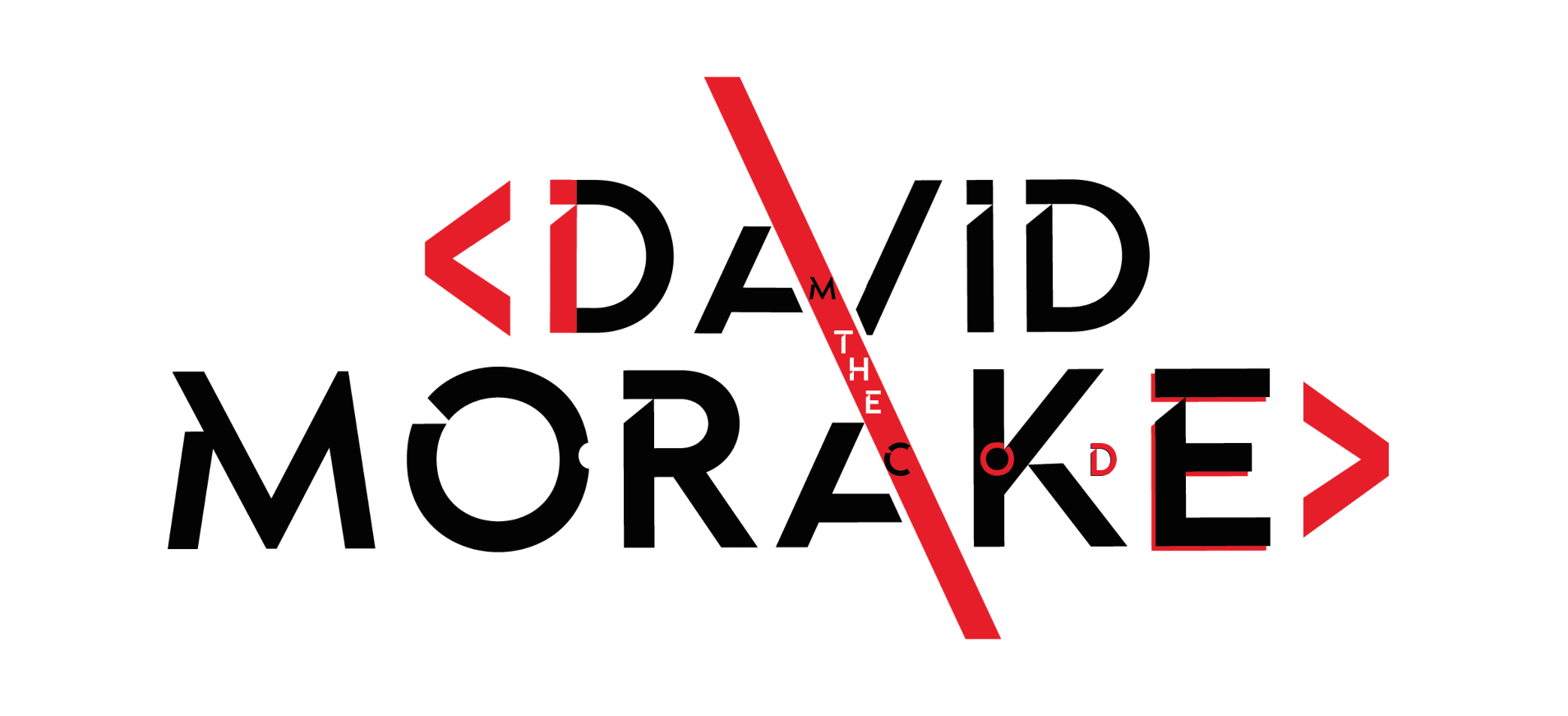Tell me and I forget. Teach me and I remember. Involve me and I learn.
Tell me and I forget. Teach me and I remember. Involve me and I learn.
Many who are familiar with my opening statement above probably know that these are the words of Benjamin Franklin, but what most people do not know is that they are mistaken, and he never said these words. The quote comes from the Xunzi, which means Master Xun, and refers to Xun Kuang, who was a Confucian philosopher that lived from 312-230 BC. His works were collected into a set of 32 books called the Xunzi, which was redacted by Liu Xiang in about 818 AD. Book 8 is titled Ruxiao (“The Teachings of the Ru”), in which you will find the paragraph where the above translation was initially derived from.
Working with stakeholders and subject matter experts across various specialties always poses a new challenge, in finding the right balance between the content, expectations, budget or allocated time, and the impact and effectiveness of the final product. The words of wisdom from Master Xun act as a general rule I strive to follow when designing eLearning. Digging a little deeper, I’ve found that understanding adult learning theories is one side of the coin, and has usually enabled me to structure my storyboards in a way that compliment the content to maximise learning and effectiveness, in most instances utilising a combination of theories rather than a single one works best. The second side of the coin for me is understanding the audience, as this helps me better shape the message and content in a way that’s most likely to resonate with the audience. Many people overlook this and probably think “the content is the content, they will get the message if they pay attention and listen or read”, but in having that mentality they miss out on a great opportunity to create a real impact and successfully transfer knowledge.







